23 Rare Butterflies that May Go Extinct Soon
Butterflies
have large, often brightly colored wings, and a conspicuous, fluttering
flight. Culturally, butterflies are a popular motif in the visual and
literary arts, signifying beauty, freedom and the the coming of spring.
|
|
You’ll find these beautiful specimen in the canopies of the Central American forests.
The Morpho butterflies are easy to spot thanks to their massive,
bright, iridescent blue colored wings. The real beauty, though, is when
the blue Morpho flies: the contrasting bright blue and dull brown colors
flash, making it look like it is appearing and disappearing.
|
 |
|
Found in Pakistan, India, Sri Lanka
and parts of South Asia, the Banded Peacock is known as quite the fast
flyer. Its name comes from the pattern of black and green wing bands,
reminiscent of a peacock.
|
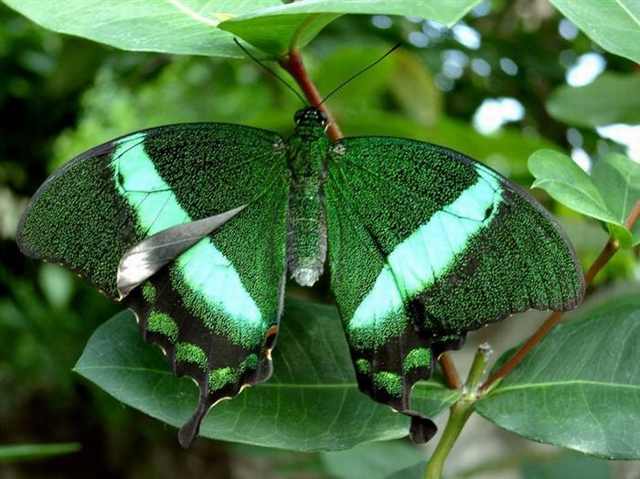 |
|
Every year in September, the orange and black Monarchs
begin their migration to Mexico for the winter. The journey can be as
long as 2,800 miles. Sadly, climate change is making winters in Mexico
colder and wetter, and summer breeding grounds are becoming hotter and
drier and combined with the common use of herbicide in America has all
but eliminated the Monarch’s primary food source - the milkweed plant.
|
 |
|
Found in China and Vietnam, the
Golden Kaiser-i-Hind is considered an endangered species, and is quite
threatened by the wildlife trade, despite being protected by Chinese
law.
|
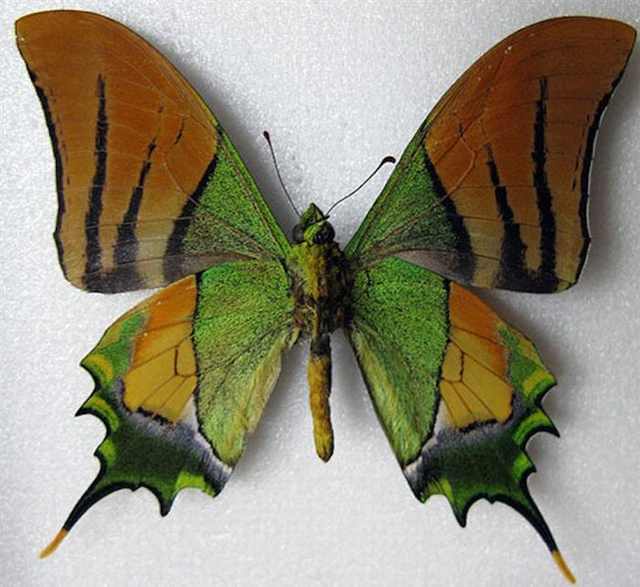 |
|
The Purple Emperor sports iridescent
wings that shine blue or purple in the light and used to be quite common
in the British Isles. The Emperor’s diet is different to other
butterflies - it eats the honeydew secreted by aphids, and occasionally
on dung and carrion.
|
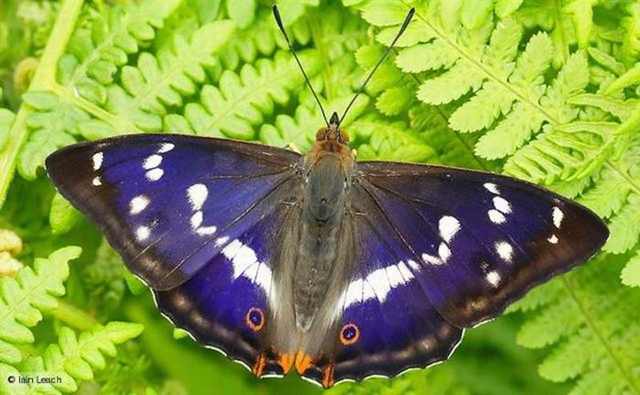 |
|
These unique butterflies are native
to Costa Rica, but have also been spotted in rainforests in Belize. The
Sapho Longwing is one of the few species of butterflies that breed on
one specific plant. If the plant is gone, the Longwing will surely
follow.
|
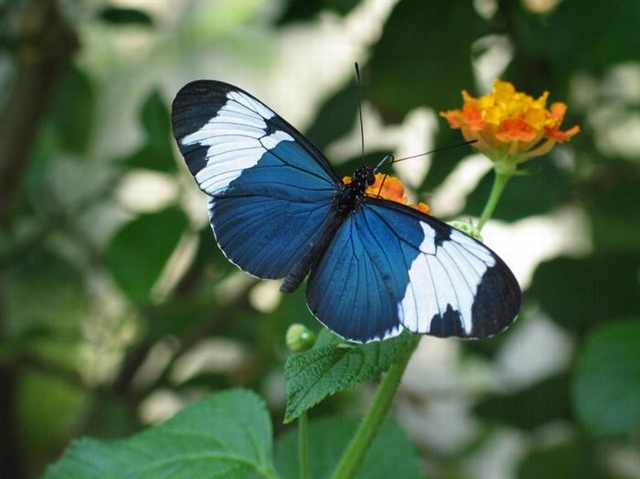 |
|
The Common Buckeye is found in
southern Manitoba, Ontario, Quebec, and Nova Scotia and all parts of the
United States except the northwest. It is especially common in the
south, the California coast, and throughout Central America and
Colombia. Its habitat is open areas with low vegetation and some bare
ground.
|
 |
|
The Bhutan Glory is a member of the
Swallowtail family, sporting a 5 inch wingspan. The wings have
beautiful, large red patterns on its rear. The Glory is so rare, it was
thought to be extinctions, only to be “rediscovered” in 2011 in several
locations in Bhutan.
|
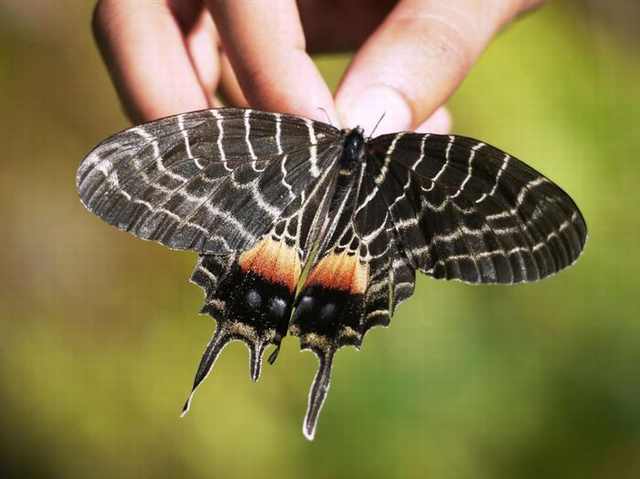 |
|
The Ceylon Rose is an extremely rare
swallowtail butterfly found only in Sri Lanka. Sadly, these magnificent
butterflies are critically endangered as a result of sever destruction
of their habitat through deforestation.
|
 |
|
The Chimaera Birdwing’s diet mainly
consists of the nectar of hibiscus plants and African tulip trees in the
rainforest of Papua New Guinea and Indonesia. It got the name
“Chimaera” due to its body’s unique shape, making it look as if it’s
made of 3 amalgamated insects.
|
 |
|
The Glasswing butterfly is quite
large and got its name thanks to its magical transparent wing panels.
Native to Columbia, Bolivia, Peru, and Ecuador, these butterflies can
spend hours feeding on a single flower bloom.
|
 |
|
The Island Marble is known to inhabit
only two small islands (San Juan and Lopez) in northwest Washington
State, though it used to be native to Canada. These days, the Island
Marble is one of the most endangered insects in the world because of
habitat loss and an extremely small, isolated populations.
|
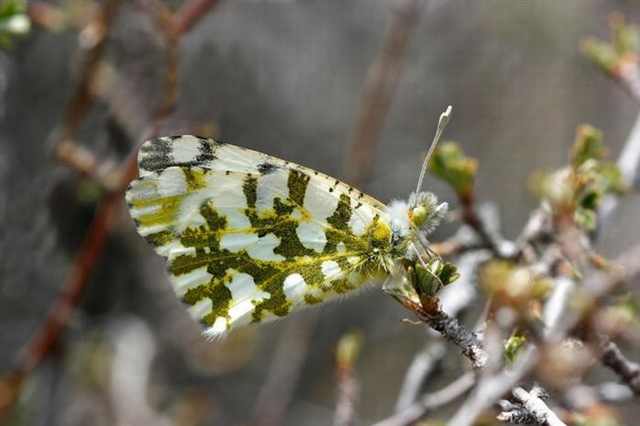 |
|
Native to the island of Jamaica, the
Jamaican Swallowtail is the largest butterfly species in the Americas.
Sadly, its size and beauty make it prized among collectors. Adults grow
to be about 6 inches across, and are dark in color with yellow and blue
bands and spots. The Swallowtail prefers to dwell in habitats that are
remote and undisturbed.
|
 |
|
The Luzon Peacock was discovered in
1965, in the Philippines. The Peacock is mostly black, with fore and
hind wings (which span 4 inches) splashed with the bright colored scales
that earned it its name.
|
 |
|
The Mitchell's Satyr is a rare
butterfly with a wingspan of up to 1.75 inches (4cm) and is
distinguished by rows of orange-ringed, black circular eyespots on each
of its chocolate-colored wings. Sadly, urban and agricultural
development has destroyed its natural habitat. Combined with
contamination from pesticides, fertilizers and nutrient runoff, invasive
species and even butterfly collectors, the population numbers
alarmingly shrunk.
|
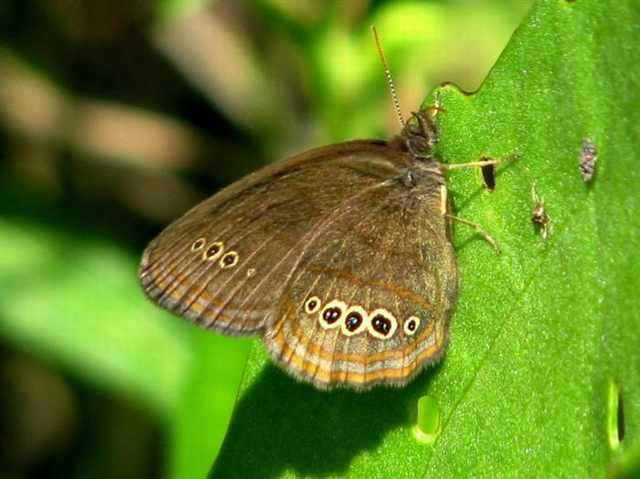 |
|
It is quite obvious how the Banded
Orange Tiger got its name. From Brazil through Central America to
central Mexico, and is essential to the eco system as a primary
pollinator.
|
 |
|
The Palos Verdes Blue is the rarest
butterfly in the world. Presumed extinct until 1994, when researchers
discovered a population in San Pedro, California. A breeding program was
initiated and seems to be successful, but there are still only several
hundred in the wild.
|
 |
|
The little Question Mark Butterfly
hangs out in any area that has lots of trees and space. The name comes
from "The silver mark on the underside of the hindwing is broken into
two parts, a curved line and a dot, creating a ?-shaped mark..."
|
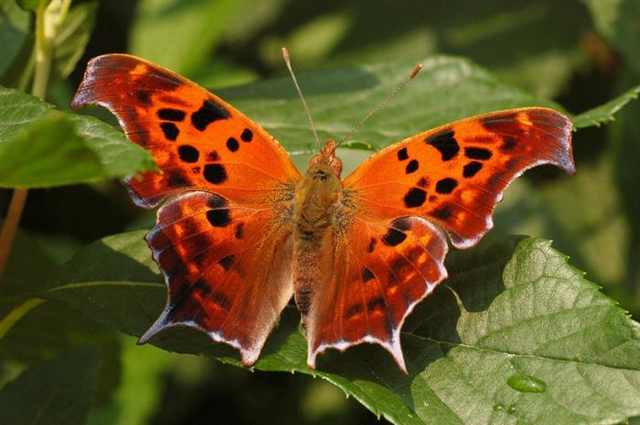 |
|
One of Australia’s largest
butterflies, the Richmond Birdwing is experiencing a severe decline in
numbers in recent years, thanks to habitat destruction, drought, and
invasive species of vine, which causes 100 percent mortality rate among
the Richmond Birdwing's larva.
|
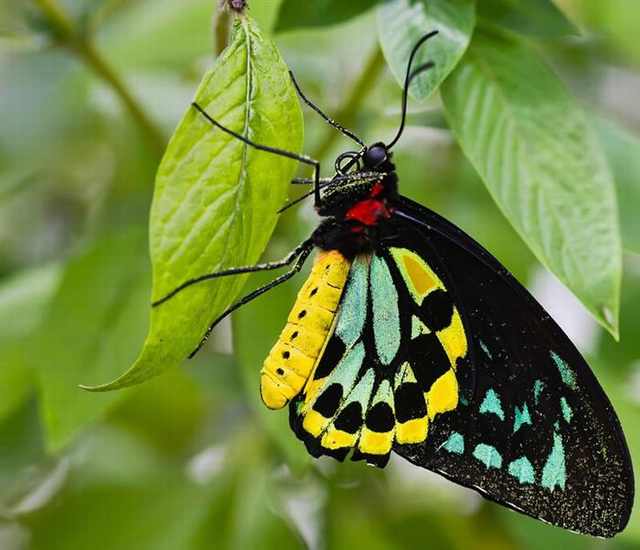 |
|
Found almost exclusively in the dark
shady forests of Singapore's nature reserves, The Saturn Butterfly’s
drab and cryptic undersides help camouflage it among the forest leaf
litter while they forage for food.
|
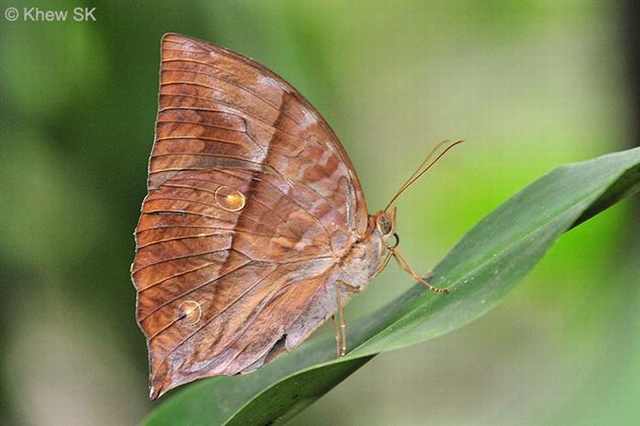 |
|
The Schaus' Swallowtail (or Island
Swallowtail) is found in southern Florida with subspecies in the
Bahamas, Hispaniola, and Cuba. It is named in honour of William Schaus.
|
 |
|
The Spicebush Swallowtail prefers
marshes, bogs, swamps and agricultural areas for its prime habitats.
Sadly, such places are often subjected to development or suffer from an
intensive use of herbicides and pesticides.
|
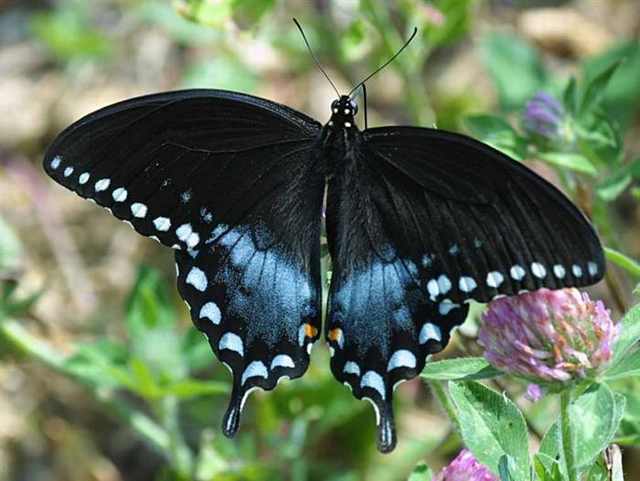 |
|
The Wallace's Golden Birdwing is
named after British naturalist Alfred Russel Wallace, who discovered the
species in 1859. They live in the lowland areas of the Maluku Islands
in Indonesia. Sadly, the area is suffering from increase in logging,
resulting in widespread destruction of its habitat.
|
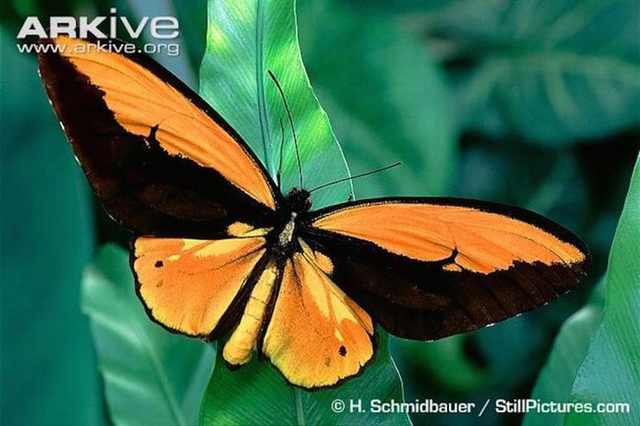 |
|
If you want to take part in preserving such wonderful creatures from extinction, please visit http://butterflyrecovery.org/ and learn how you can help.
|
jeudi 11 septembre 2014
23 Rare Butterflies that May Go Extinct Soon
Inscription à :
Publier les commentaires (Atom)
Aucun commentaire:
Enregistrer un commentaire